
What's Inside?
The topography appears very neat, with quite large fins that provide plenty of surface area directly underneath the fan, and also direct the airflow towards the back.The power smoothing appears to be excellent thanks to the several large coils under the power socket, and even this is a single 12V rail unit there are still two 12V transformers and a single, smaller transformer for 3.3V and 5V conversions. The three primary capacitors are all made by Hitachi and are rated to 105°C, and likewise the whole unit is rated to 50°C with a 100,000 hour MTBF.
OCZ has chosen a Protechnic Electronics Magic fan: MGA1201HF-025, which is a 12cm, 12V fan that runs at 0.45 Amps at full load. Using a rifle bearing that has the lifespan of a ball bearing but with the lower noise of a sleeve bearing, it'll only emit a reasonable 25dBA at full pelt but is rated to just 17dBA under more normal power use (~50 percent).
The circuit board for over-current, over-voltage etc protection also houses connectors for two thermal probes that regulate the fan speed - they are placed on the nearest heatsink to it. The three potentiometers are there to tune the voltages post manufacture in order to make sure the outputs are perfect. Once tweaked, they were given a blob of glue to keep them in position.
It's strange because while we accept the need for two 12V transformers given space constraints, there are five 12V outputs listed on the board. Underneath, instead of being soldered together like the ground cables, the yellow +12Vs are all soldered into pairs. How does this relate to a single 12V rail? We contacted OCZ to find out and will update this with an answer as soon as possible.

MSI MPG Velox 100R Chassis Review
October 14 2021 | 15:04


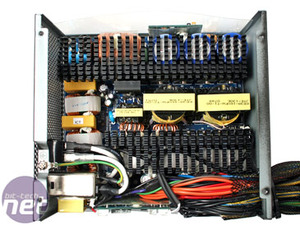
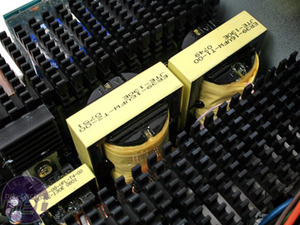
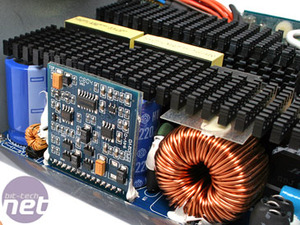
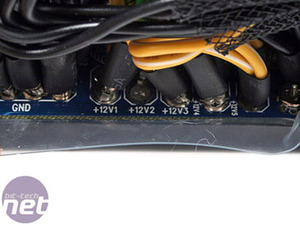
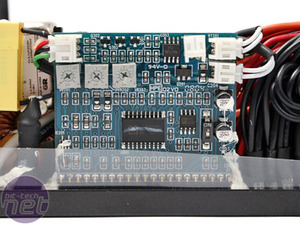

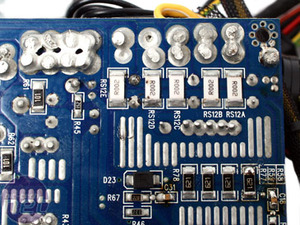







Want to comment? Please log in.